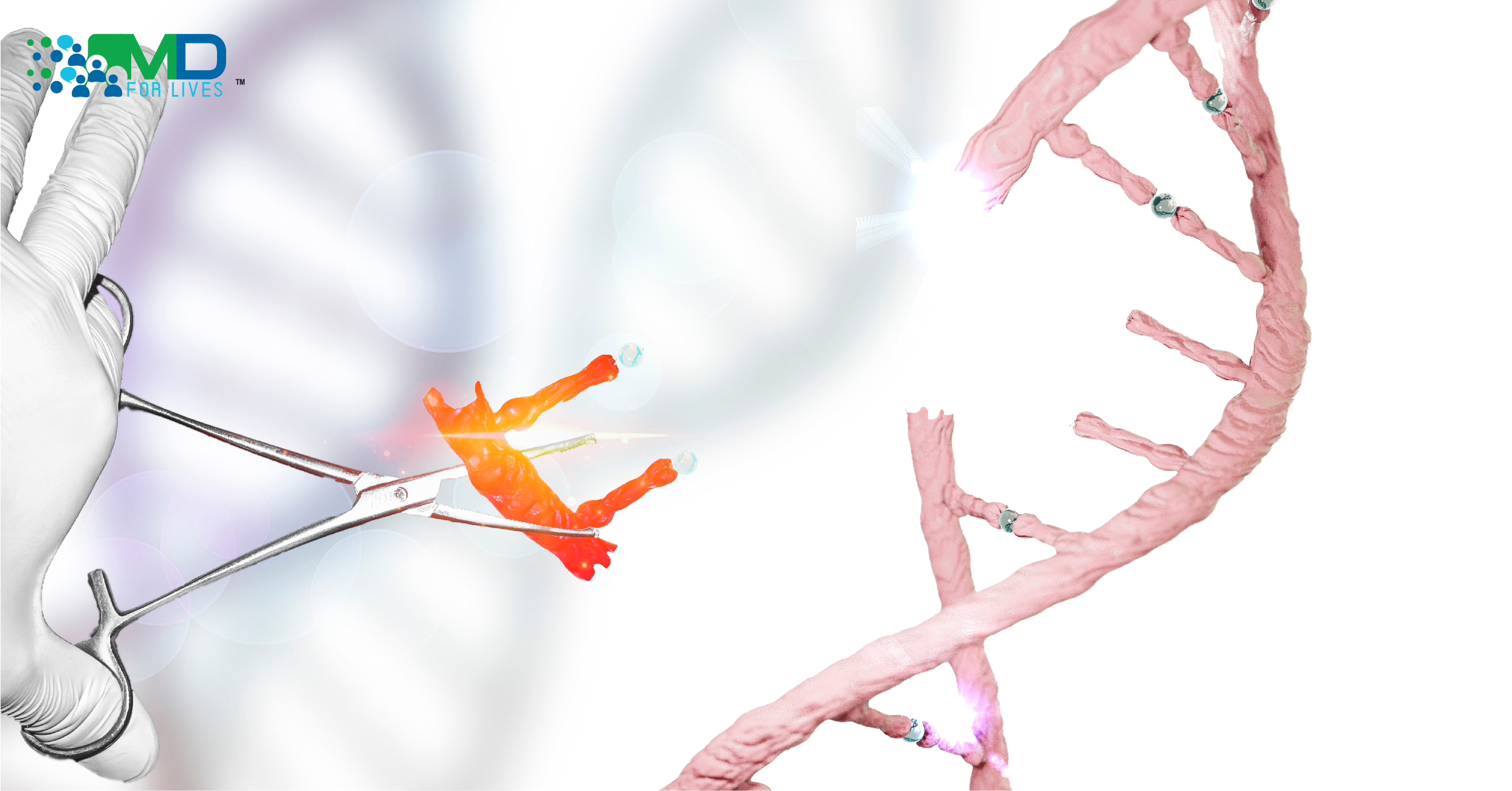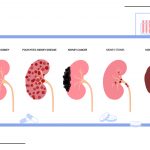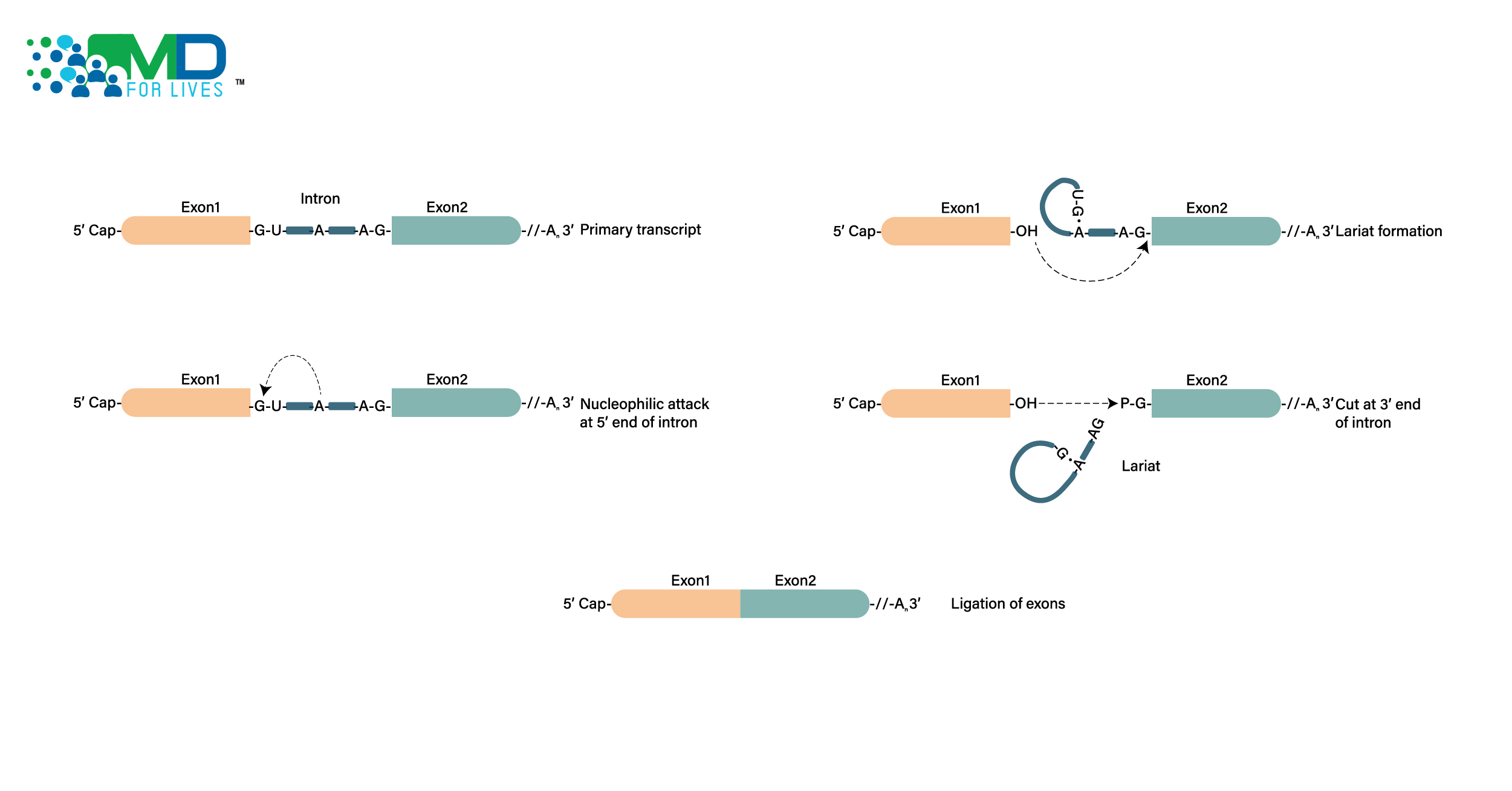In 2020, the Nobel Prize in Chemistry was awarded for “the development of a method for genome editing” based on the system known as CRISPR-Cas9.1 In this system, CRISPR (a type of DNA repeat sequence) pairs up with Cas9 (an enzyme) and searches for a specific, targeted genome sequence. Subsequently, the system can modify, silence, or change the expression of that sequence – allowing scientists to manipulate the genome directly within cells or even living organisms.1,2 In this blog, we will discuss the rise of CRISPR-Based Diagnostics.
Genome editing is CRISPR’s best-known use, but it is not the only one. CRISPR can also pair with other enzymes, including some that will cleave other DNA or RNA molecules when they detect a specific RNA sequence. This behavior enables another major category of CRISPR-based technologies in the field of disease diagnostics. CRISPR-based diagnostics could potentially be used for diagnosing both infectious or non-infectious diseases, as long as there is a DNA or RNA biomarker for the disease.3,4
What advantages could this provide? Since CRISPR systems are programmable, scientists could quickly modify the targeted sequence to match a new pathogen or strain, to detect genes associated with antibiotic resistance, or to detect harmful mutations in the human genome. The technology could also offer low-cost testing and the possibility of diagnosing infectious diseases at home.3,5
What is CRISPR?
When bacterial and archaeal species encounter viruses, they incorporate bits of the viral genomes into their DNA, interspaced with repeated CRISPR sequences. The viral-derived sequences are later transcribed into RNA, incorporated into a Cas enzyme, and used as search sequences. If the system encounters a matching sequence, the Cas enzyme slices up the foreign DNA. This serves as a form of adaptive immunity in these bacteria, protecting them against foreign DNA such as phage viruses and plasmids.1,2,3,4

The Nobel Prize-winning teams developed CRISPR-Cas9 into a programmable genome-editing tool. Its ability to locate and cleave or modify a specific DNA sequence has enabled researchers to flexibly change, delete, or add genetic material to cell lines, crop plants, and research animals.1,2
CRISPR-based diagnostics work differently. Cas12a, Cas13, and Cas14 are RNA-guided endonucleases. When these RNA-guided endonucleases detect a particular, targeted DNA sequence, they cleave any RNA (or DNA, in the case of Cas12a) molecule they come across. To create a diagnostic test, the system can be engineered to cleave a reporter molecule when it detects nucleic acid from a specific pathogen, strain, or a harmful genetic change within the human body. Thus, when the CRISPR system finds a match to the guide RNA, a detectable signal is created.3,4
What clinical applications of CRISPR are in development?
Many companies are working on clinical applications of CRISPR-based genome editing and diagnostics. The first patient has been dosed with an experimental treatment for Leber congenital amaurosis, a form of inherited blindness, in which a CRISPR treatment targeting the defective gene was injected into the patient’s eye. Trials are ongoing in which the cells of patients with beta-thalassemia, sickle cell disease, or cancer are treated with CRISPR in a lab and then returned to the patient’s body; this could potentially be curative.5,6,7

Like PCR-based diagnostic tests, CRISPR-based diagnostics would also detect an RNA or DNA sequence. Compared to more traditional PCR tests, CRISPR-Cas13-based diagnostic tests can often report a result sooner; also has the potential to use outside the laboratory setting. Mammoth Biosciences is working on home-based, paper strip tests for infectious disease diagnosis in a format similar to an at-home pregnancy test.3

The SHERLOCK CRISPR-based platform has resulted in a test for COVID-19 that is already in use. Other SHERLOCK tests in development include options for laboratory, point-of-care, and at-home settings for other infectious diseases. A low-cost, point-of-care version of the SHERLOCK system has been tested to detect Ebola virus disease and Lassa fever in Africa.9
A CRISPR-based system called FLASH is under development to detect antibiotic-resistant bacteria based on resistance sequences.8

1. https://www.nobelprize.org/prizes/chemistry/2020/press-release/
2. https://www.isaaa.org/resources/publications/pocketk/54/default.asp
3. https://www.clinicallabmanager.com/q-and-a/the-promise-of-crispr-based-diagnostics-274
6. https://www.nature.com/articles/s41587-020-0493-4
7. https://www.ajmc.com/view/crispr-driven-treatment-proves-transformative-for-patients-with-sickle-cell-disease-beta-thalassemia
8. https://academic.oup.com/nar/article/47/14/e83/5490816?login=true
9. https://www.nature.com/articles/s41467-020-17994-9






